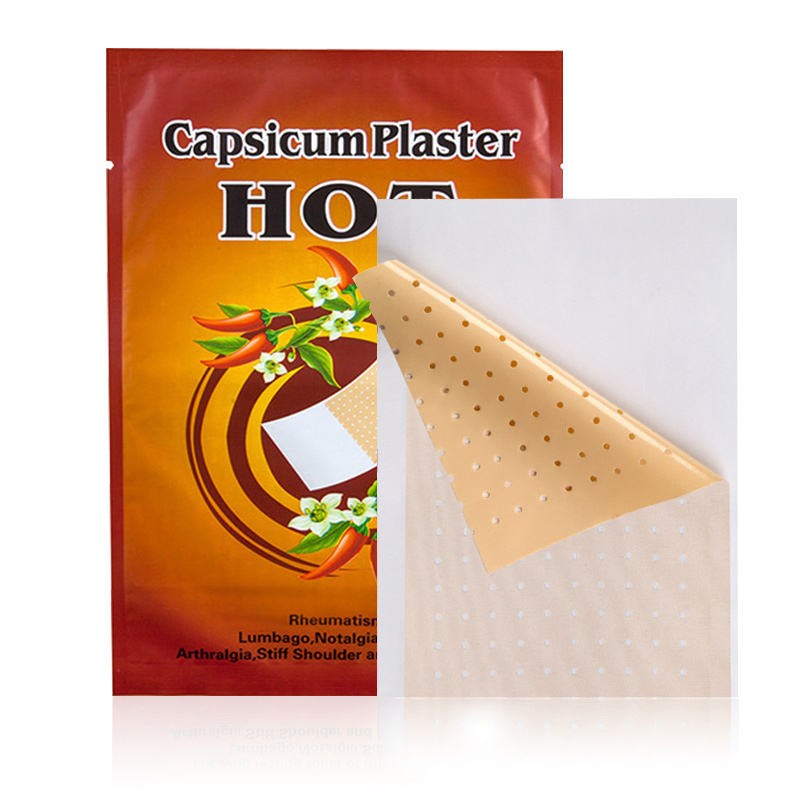Author:Kangdi 12-01-2024
Capsicum plaster is an over-the-counter topical pain reliever containing capsaicin, the active compound in chili peppers. When applied to the skin, it creates a warming sensation that distracts from underlying muscle and joint pain. However, incorrect use can potentially lead to skin burns or irritation. Follow these expert recommendations for safely harnessing the benefits of capsicum plaster at home.
01. Check for allergies
Capsaicin can trigger allergic reactions in some individuals. Apply a small test patch and wait 24 hours to ensure no redness or itching occurs before broader use. Avoid entirely if you have any pepper allergies.
02. Read application instructions
Adhere carefully to the manufacturer's directions regarding sizing, placement, and recommended wear time. Typically plasters should be worn no more than 8-12 hours before removal. Do not cut plasters to fit as this alters the dosing.
03. Pick ideal placement
Capsicum plaster is best suited for larger, fleshier areas with minimal hair like the back, shoulders, thighs, and knees. Avoid bony prominences or sensitive thin-skinned areas which are more vulnerable to irritation. Never apply to the face, neck, chest or joints with limited padding.
04. Prep the skin
Wash and dry the area thoroughly before applying the plaster to remove dirt, oils and lotions that could increase skin absorption. Trim any thick hair underneath with scissors for maximal adhesion. Moisturize with plain petroleum jelly if the region is especially dry.
05. Check edges
Ensure the plaster edges adhere completely to prevent rolling up or detachment which increases risks of skin irritation. Use medical tape if needed to reinforce loose edges. Replace plasters that detach prematurely. Avoid overlapping multiple plasters.
06. Limit bathing
Avoid hot showers, baths, swimming or any activity causing heavy sweating during use. This can loosen adhesion and raise capsaicin absorption. Gently pat dry plaster if it gets slightly damp. Remove immediately if the plaster becomes very wet.
07. Know when to remove
Take off immediately if you experience pain, burning or rashes rather than soothing warmth. Never exceed the recommended wearing time. Allow the skin to rest 12 hours before applying a new plaster to the same area to prevent sensitization.
08. Moisturize after
Cleanse the area thoroughly after removal, though some temporary redness is normal. Apply aloe vera gel or a gentle moisturizer if dryness occurs. Contact your doctor if irritation persists beyond 48 hours.
09. Proper storage
Keep unused plasters sealed in original packaging at controlled room temperature. Avoid extremes of cold, heat and humidity. Check expiration dates and discontinue use of dried out, discolored or damaged products.
By carefully following expert guidance, capsicum plaster can provide safe, effective topical analgesia for managing various muscular aches and pains at home. However, caution must be exercised particularly when first trying this therapy to prevent the risk of skin injury in sensitive individuals.
 0086 19937104978
0086 19937104978





